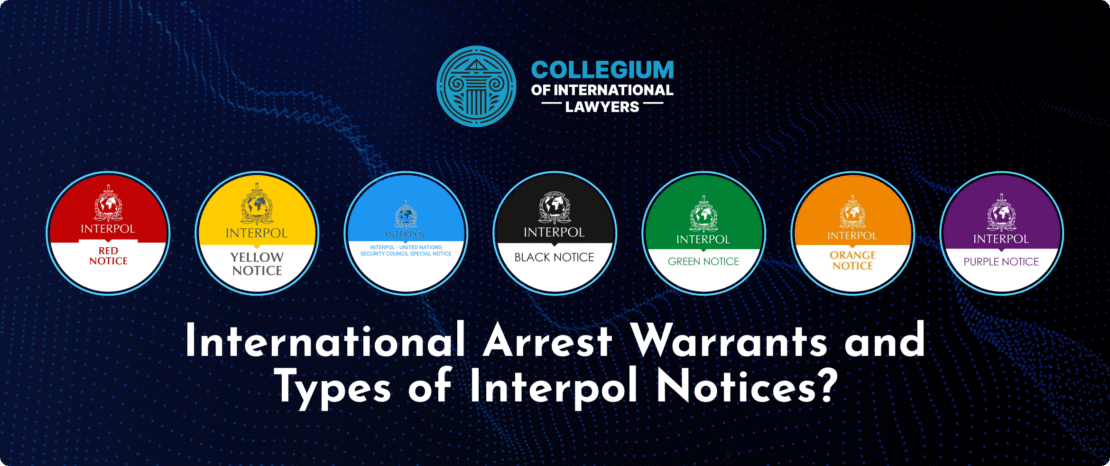
The Presidential Autopen Controversy: Automating Authority or Eroding Authenticity?
The use of autopen technology by U.S. presidents has sparked a significant controversy surrounding the authenticity of presidential signatures and the implications for executive authority. The autopen, a machine that reproduces a person’s handwriting, has become a tool for modern administrations to expedite the signing of legislation, executive orders, and other important documents. However, this technological advancement raises questions about the integrity of the presidential office and the potential legal ramifications associated with such signatures. One of the prevailing concerns is the presidential autopen controversy legal implications of autopen signatures and how they may affect accountability in governance.
A Brief History of the Autopen
The autopen was first introduced in the mid-20th century as a way to alleviate the burdensome task of manually signing large volumes of documents. Initially, its use was limited to administrative tasks, but as the demands of the presidential office increased, its application became more prominent. Presidents have used this technology to ensure that critical documents are signed promptly, allowing for the continuous functioning of government, especially during times of international crisis or when a president is traveling.
Presidential Use of Autopen
Several presidents have employed the autopen, each with varying degrees of public acceptance. For instance, President Obama was known to use the autopen during his administration, which drew mixed reactions from the public and experts alike. Some viewed it as a practical solution to ensure the timely execution of important legislation, while others criticized it as an erosion of the traditional and personal nature of presidential authority. The controversy reached a peak during contentious political negotiations, where the effectiveness of the autopen was called into question, leading to discussions about its legitimacy as a substitute for a president’s personal signature.
Authenticity vs. Efficiency

One of the central issues surrounding the use of autopen technology is the tension between authenticity and efficiency. Critics argue that the very essence of leadership is diminished when a president’s signature can be replicated by a machine. A signature is not merely a mark but a representation of an individual’s intent and authority. When a document bears the signature of a president, it signifies their personal commitment to the content of that document. The autopen, by contrast, creates a sense of detachment, implying that the president is not fully engaged in the matters at hand.
Legal Concerns
The legal implications of using an autopen are significant. Questions arise regarding the authenticity of documents signed with an autopen in terms of validity and enforceability. Are such signatures legally binding? Can they withstand scrutiny in courts? These questions have become increasingly relevant, especially in high-stakes situations where judicial review of presidential actions might occur. Critics argue that reliance on an autopen could lead to a slippery slope, where the integrity of presidential acts could be easily undermined.
Public Perception and Political Accountability
Public perception plays a critical role in the ongoing debate about the use of autopen technology. Many citizens appreciate the need for efficiency in governance but are wary of the implications for transparency and accountability. When documents are signed by a machine, it raises suspicions about the level of involvement a president has in the decision-making process. Are they delegating their authority to technology rather than exercising it themselves? This perception can erode trust in government and lead to a greater demand for accountability in presidential actions.
The Future of Autopen Technology in Governance
As technology continues to evolve, so too will the discussions surrounding the use of the autopen in governance. Some advocate for stricter regulations regarding how and when autopen technology can be used while others accept it as a necessary evolution of the executive process. The future of presidential autopen usage will likely depend on the balance between maintaining the authenticity of the presidential signature and the practical needs of modern governance.
Conclusion
The presidential autopen controversy raises essential questions about the intersection of technology, authenticity, and governance. While the autopen provides efficiency, it may compromise the integrity and personal touch traditionally associated with presidential authority. As we move further into the digital age, it is crucial for lawmakers, legal experts, and the public to engage in a comprehensive dialogue about the implications of such technology on presidential powers and the trust placed in our leaders.

